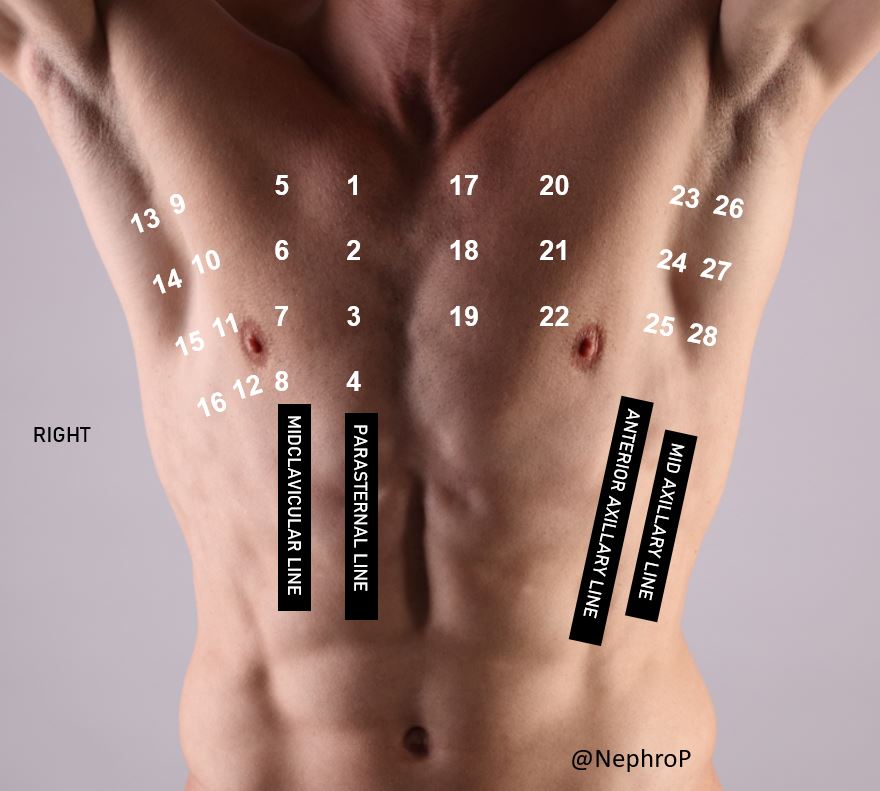Thrombocytopenia in #COVID19
While lymphopenia takes most of the hematology spotlight on the #COVID stage (80+%), accompanied #thrombocytopenia is also seen in ~36% of cases.
Why it occurs is equally as interesting.
Platelets aren’t just little clotty bits that only serve to stop hemorrhage.
These little guys are mighty in a number of different ways.
#clottybits
This is why we typically wait 5-7 days post-aspirin for an elective procedure.
It’s also why stored platelets have a shelf-life of ~5 days.
This is why older platelets tend to be smaller than young, giant platelets!
Therefore part of the maturation process also occurs in the peripheral circulation as well.
1. An important role in immunity (via Toll-like receptors)
2. Autophagy (cell self-clearance)
3. Microparticle secretion (>95% of micro-particles from plts)→alter / modulate function of other cells
4. Cancer metastasis/spread (!)
One cell that expresses ACE2 in high amounts is the vascular endothelium.
Thus vascular endothelial infection and destruction may compound oxidant-stress-induced endothelial injury:
Therefore, given what we’ve discussed, in COVID-19 the mechanism for thrombocytopenia patients is likely multifactorial:
2. Lungs = site of platelet release + lung injury / ARDS → decreased MK and proplatelets
A subgroup analysis comparing patients by survival, found an even lower platelet count was observed with mortality.
(WMD, −48 × 109/L; 95% CI, −57 to −39 × 109/L)
Why does thrombocytopenia occur in SARS Cov2?
▶️Platelets = more than clotty bits
▶️Platelets take 5-7 days to mature; this partly occurs in the lungs
▶️Mechanism = multifactorial: decreased pulmonary MK, capillary injury / DIC / consumption
▶️Thrombocytopenia is associated with a >3-fold risk of severe COVID-19












